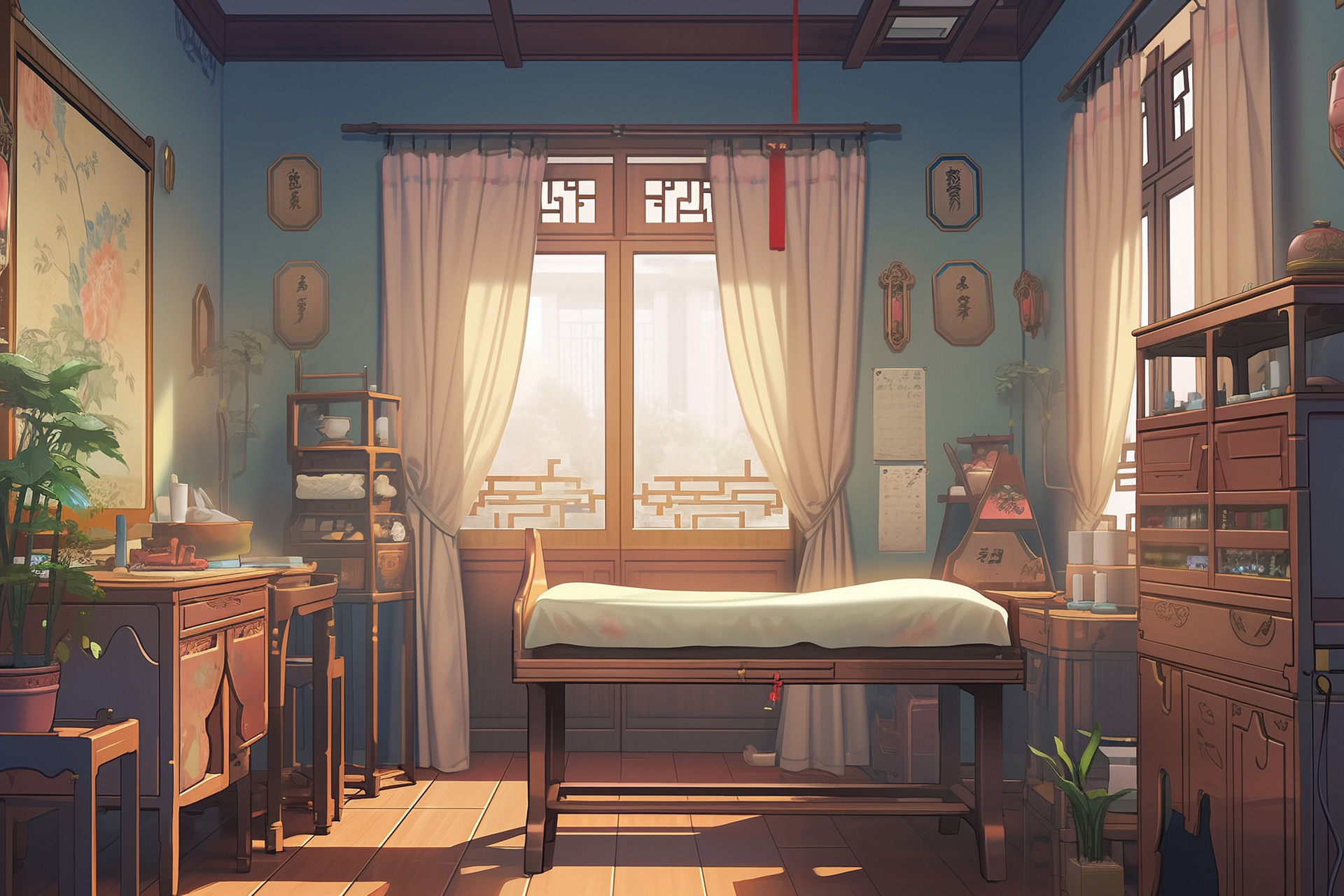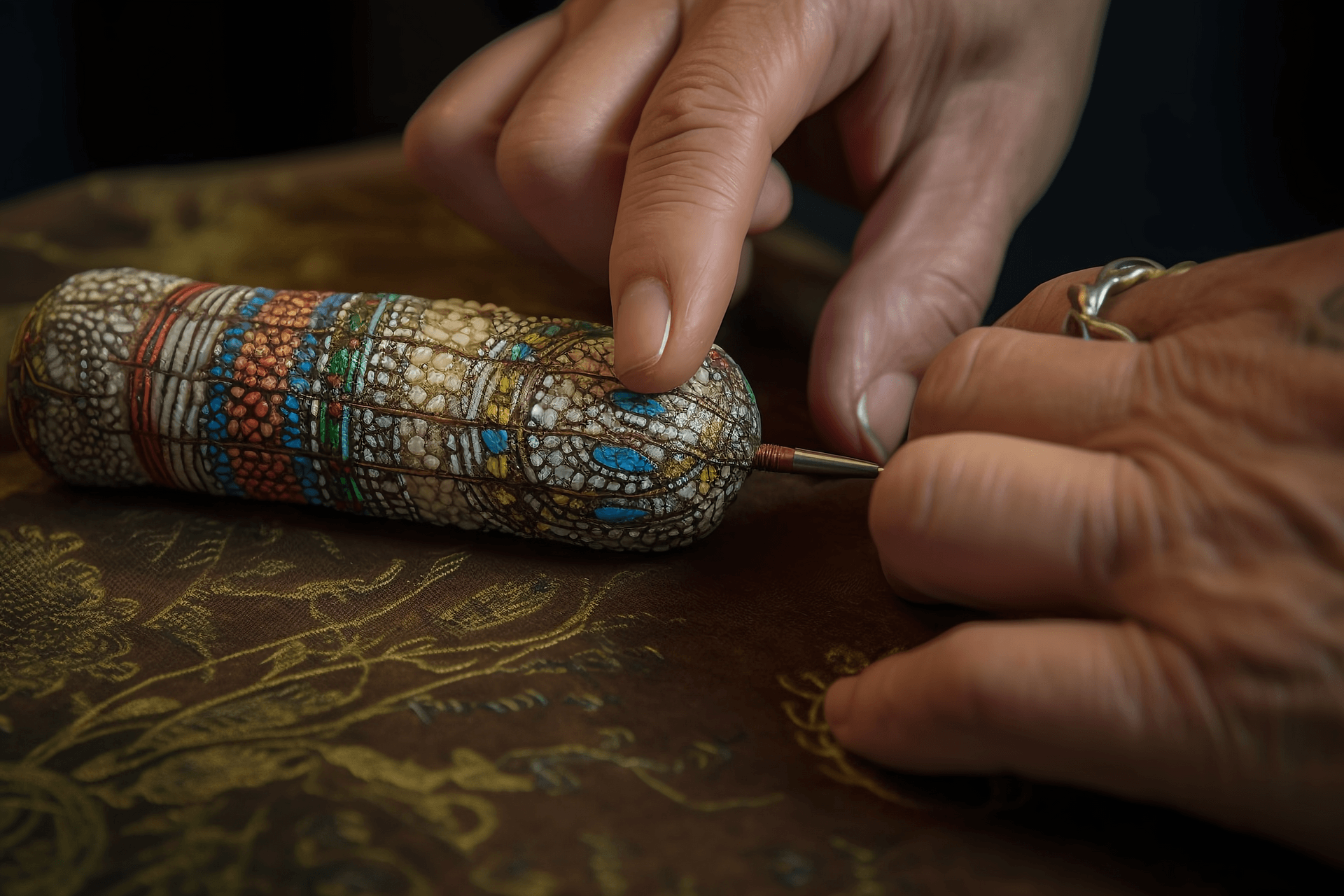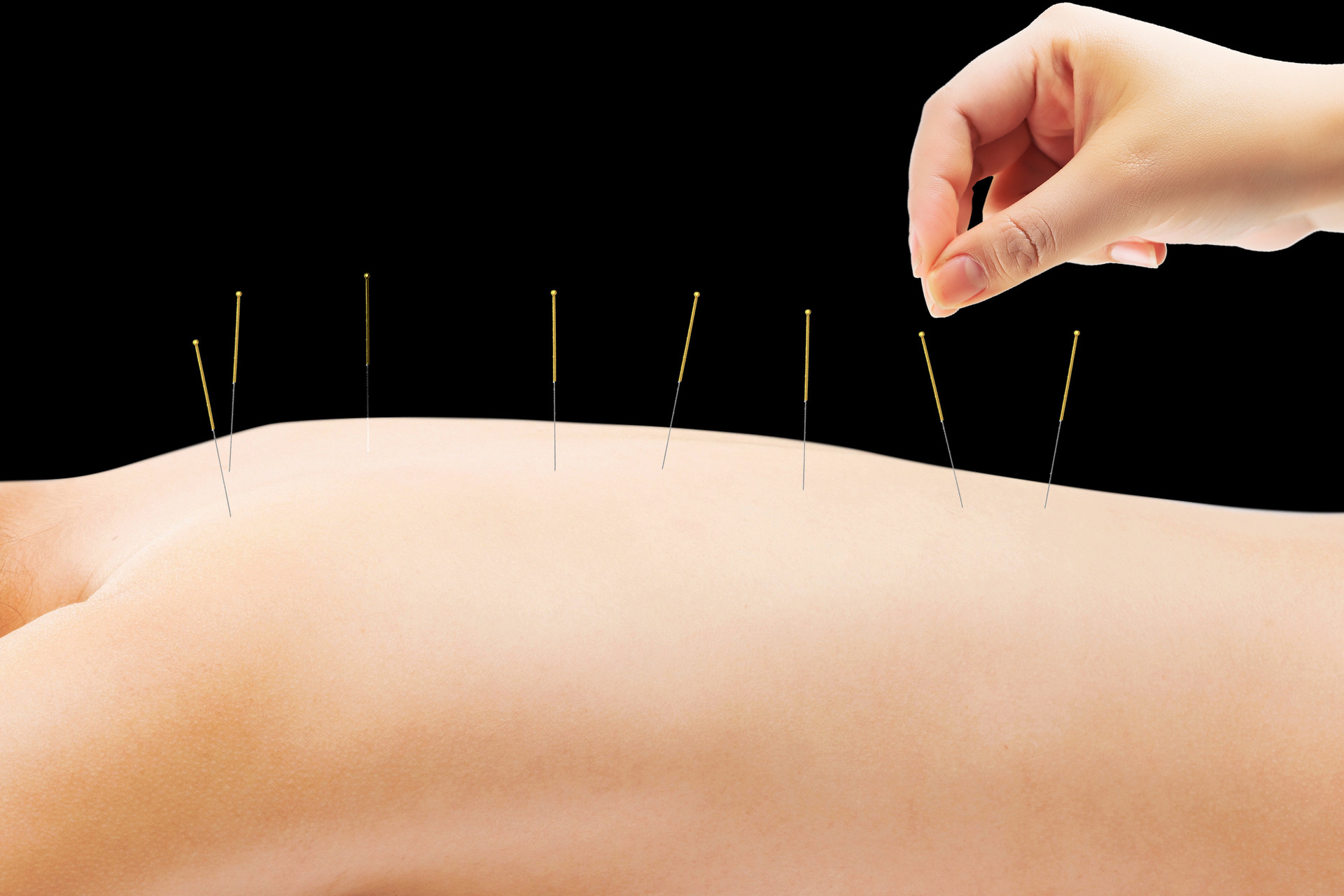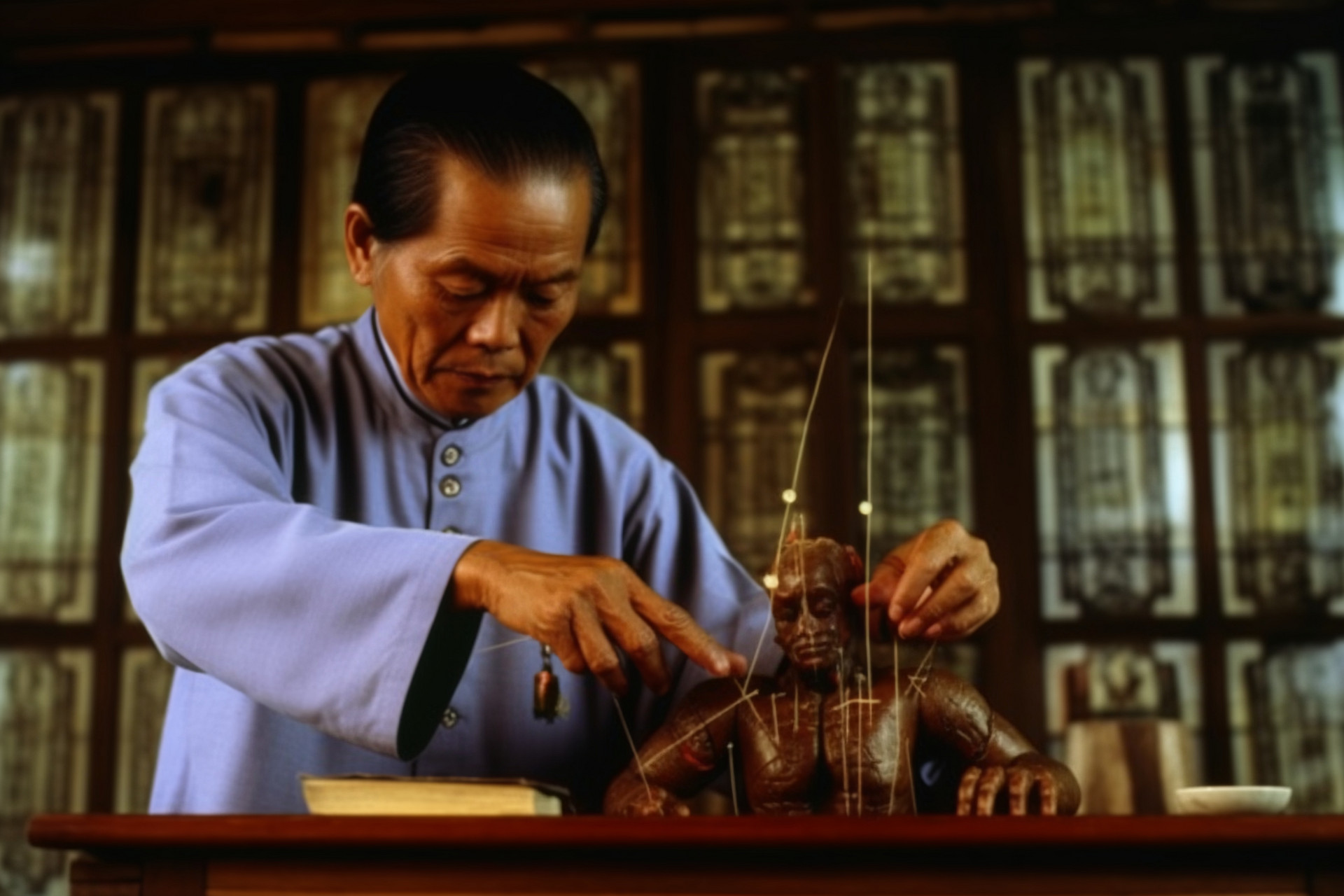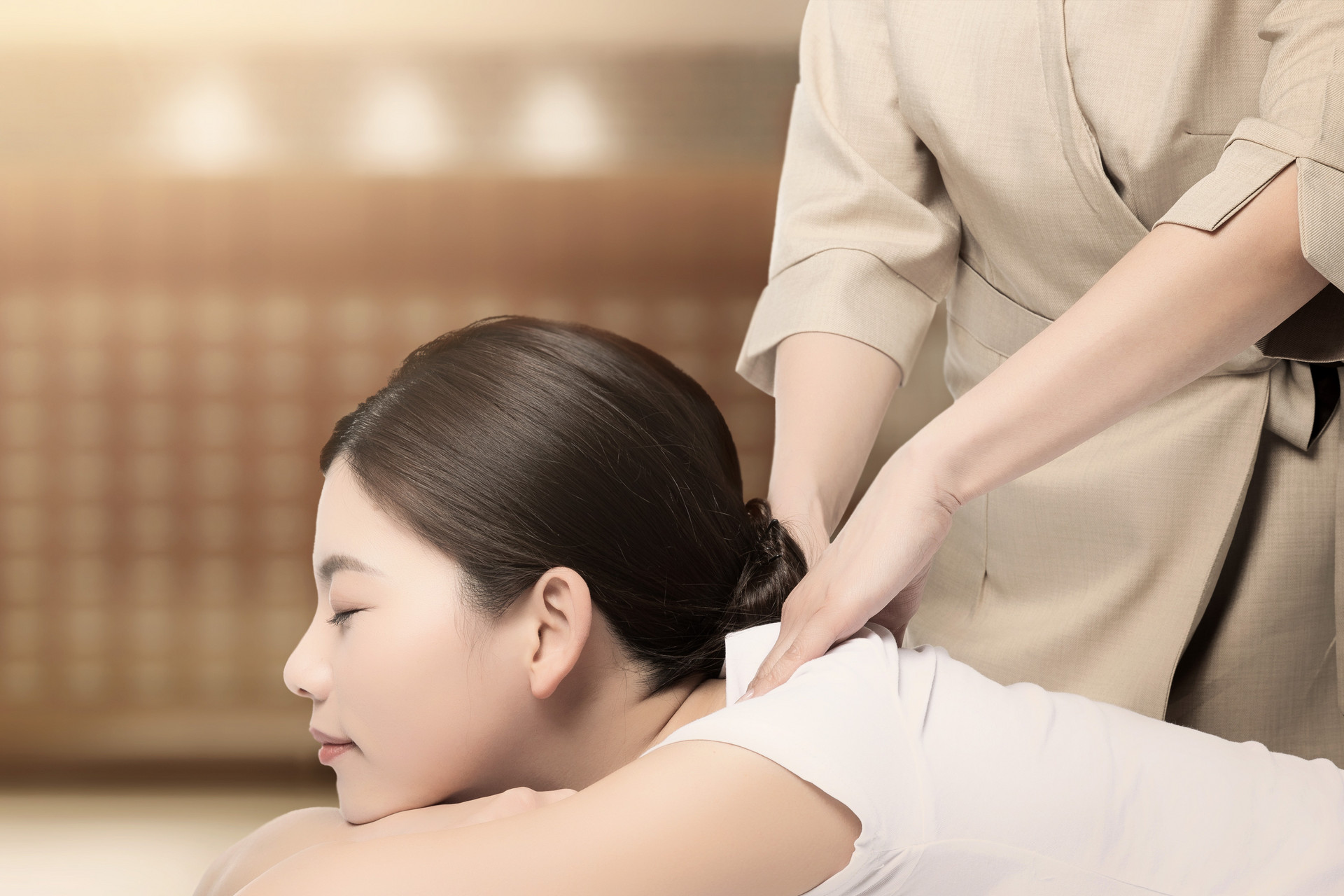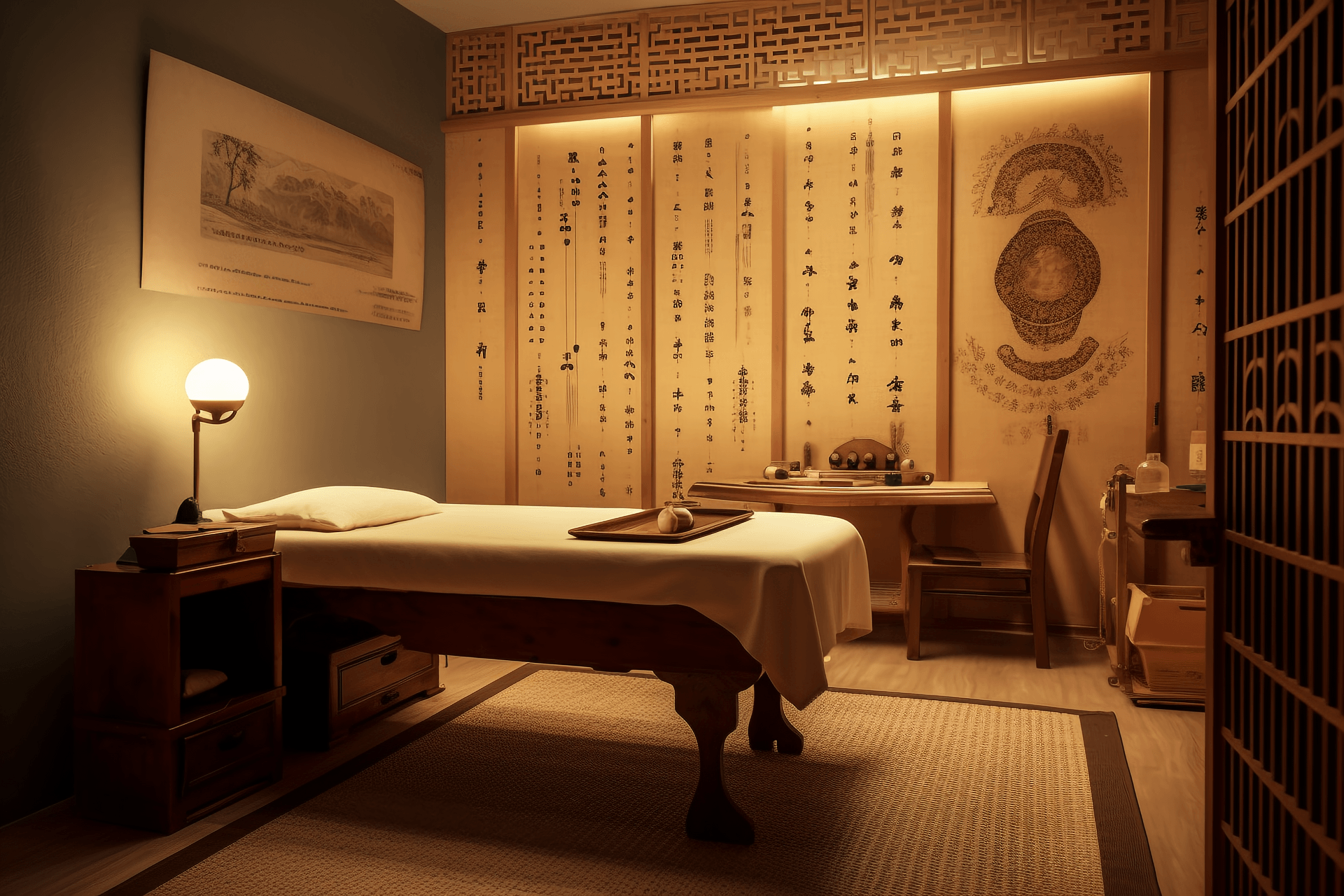The Seven Star Needle Therapy, also known as Plum Blossom Needle Therapy and Skin Needle Therapy, is a method that uses a cluster of needles to tap and apply different techniques on certain parts of the body's surface to achieve the goal of treating diseases.
This therapy originated from the stimulation of single needles. The "Ling Shu • Guan Zhen Pian" states: "Mao Ci refers to the needling of superficial arthritic skin." It also says: "Ban Ci refers to shallow and rapid needling without piercing the flesh, like plucking hairs." Here, the "Mao Ci" and "like plucking hairs" mentioned are believed to be the origins of skin needling. It further states: "Yang Ci refers to inserting one needle straight in the middle and four needles on the sides to stimulate and treat extensive coldness." This passage describes the earliest recorded form of the plum blossom needle, with five needles arranged side by side.
[Method of Operation]
I. Making the Seven Star Needle
1. Prepare the materials for making the needle:
(1) 5-7 size 7 sewing needles. Choose needles that are straight, smooth, and have a rounded tip but not too sharp.
(2) Use thin and sturdy sewing thread.
(3) Bamboo chopsticks, bone chopsticks, or hard plastic chopsticks can all be used.
(4) 1 small piece of glass.
2. Method for making the long-handled Seven Star Needle:
(1) Drill a small hole 0.2 cm away from the thin end of the chopstick. The diameter of the hole should be the same as the thickness of the cluster of seven (or five) needles tied together. The hole must be drilled perpendicular to the chopstick.
(2) Tie the 7 or 5 steel needles tightly with thread and place one end of the needle tips on the glass to make them even.
(3) Thread the bundled needles through the hole, leaving 2/5 (about 0.2 cm) of the needle tips exposed from the hole. The cluster of needles should form a T-shape with the chopstick. Then fix it, making the needles and chopstick integrated and immovable. However, be careful that if the chopstick is bent, the concave side should face upwards, otherwise it will be inconvenient to use.
The lotus seed style Seven Star Needle is more complicated to make and can be purchased directly from a pharmacy.
Other types include the sheath-style Seven Star Needle, the broom-style Seven Star Needle, and the automatic-style Seven Star Needle, which will not be discussed here.
II. Needle Practice
Start by practicing the elasticity of your fingers and wrists. Hold the needle in your right hand and quickly tap it on an old book or thin notebook. Each needle tap must be straight, stable, and evenly applied. To check, place the book that has been tapped under good lighting and see if the needle marks are approximately the same size as the seven holes. If the needle holes are of different sizes or incomplete, it indicates that the needles are not falling vertically and the force is uneven.
III. Holding the Needle
The method for holding the long-handled Seven Star Needle is to grip the handle with the right hand, with the middle finger, ring finger, and pinky securing the back end of the handle in the palm. The thumb should be pressed against the left side of the handle, and the index finger should press directly on the handle, with the fingertip near the middle of the handle. The method for holding the lotus seed style Seven Star Needle is to curl the middle finger, ring finger, and pinky of the right hand into the palm, and use the thumb and index finger to pinch the tail end of the handle. The front joint of the thumb should press on the middle joint of the index finger.
IV. Sequential Procedure
During tapping, the downward motion should be fast, and the lifting motion should also be fast, with the needle perpendicular to the skin. The general order is: from top to bottom, from left to right, from the inside to the outside, and from light to heavy. However, it should not be rigid. If it is a local joint or skin disease, flexibility can be applied. However, it must be tapped sequentially on the designated areas, without tapping a few times on one acupoint and then on another. The tapping should be done systematically. After completing the first round of tapping, the sterilized hand can lightly touch the tapped skin before proceeding with the second round of tapping. This can help alleviate the patient's pain and also check if the tapping meets the requirements.
V. Types of Stimulation
There are two main types: overall stimulation and targeted stimulation.
1. Overall Stimulation: Overall stimulation can be done for general diseases to adjust qi and blood, harmonize yin and yang, and promote the improvement of local lesions through overall stimulation. The sites for overall stimulation are on both sides of the spine, corresponding to the route of the bladder meridian, where the acupoints of the internal organs are also located, as well as the Governing Vessel of the extraordinary meridians. Stimulating this area can regulate the kidneys and the Governing Vessel, stimulate the qi of the internal organs, improve blood circulation, and promote the recovery from diseases.
2. Targeted Stimulation: Specific areas on the body surface corresponding to a specific organ, such as the stomach shu points, spleen shu points, and middle epigastric points for patients with stomach pain, as well as tender points, sensitive points, and subcutaneous nodules found during examination, can be specifically stimulated for joint inflammation, dermatitis, peripheral neuropathy, and other affected areas.
VI. Techniques
The techniques of stimulation primarily involve the intensity of the stimulation, summarized as reinforcing and reducing methods. Light stimulation is reinforcing, while heavy stimulation is reducing. Since this method is only performed on the skin, it is difficult to fully describe light or heavy stimulation on paper. Here, only a reference viewpoint is provided, but the clinical experience of the practitioner is more important.
The techniques can be flexibly applied based on the patient's physique, age, condition, gender, type of disease, and reaction to the treatment.
1. Light Stimulation: The patient only feels slight pain. Suitable for the head and face.
2. Heavy Stimulation: The patient feels obvious pain, and sometimes localized muscles can be seen to twitch.
| 1 2 3 > >> >>|




